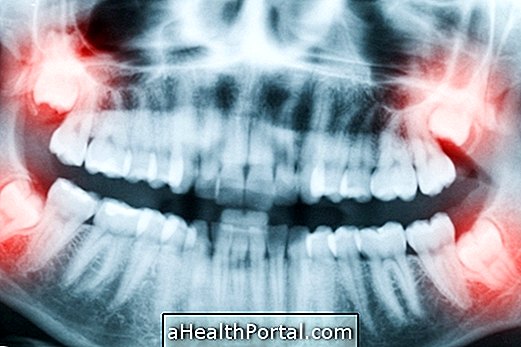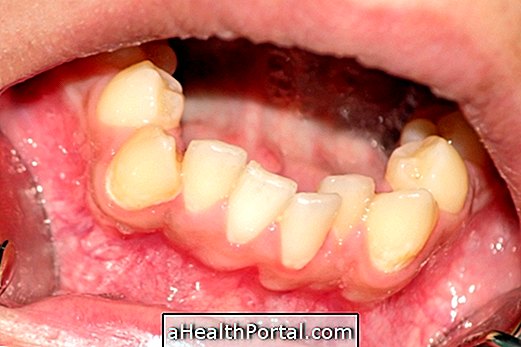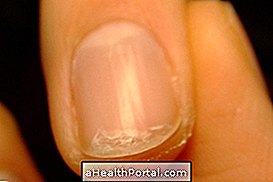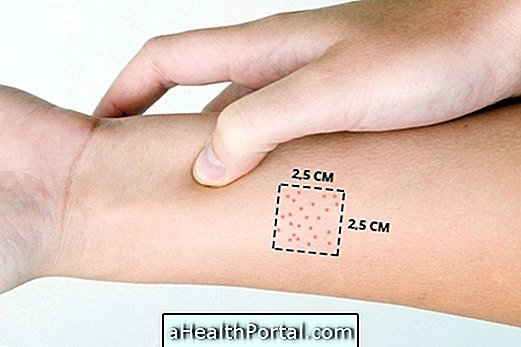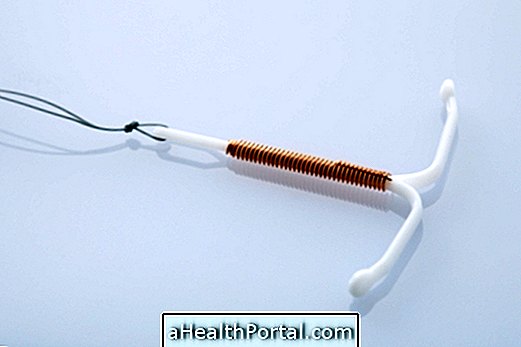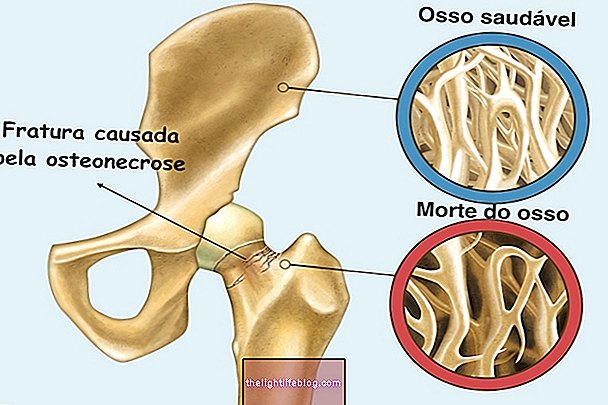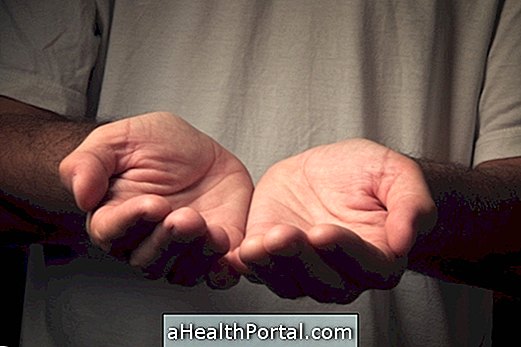The displacement of the mandible occurs when the condyle, which is a rounded part of the jaw bone, moves from its place and is trapped in front of a bony section called the joint eminence, causing a lot of pain and discomfort.
This can happen when you open your mouth a lot like yawning or during a dental procedure, for example, or when there is a problem in the temporomandibular joint. If this happens, and the jaw does not return to the correct location, you should go to the hospital immediately and not try to reposition it at home.
The treatment consists of using a correct technique to reposition the jaw in the correct place, which should only be done by a doctor. However, in more severe cases surgery may also be necessary.
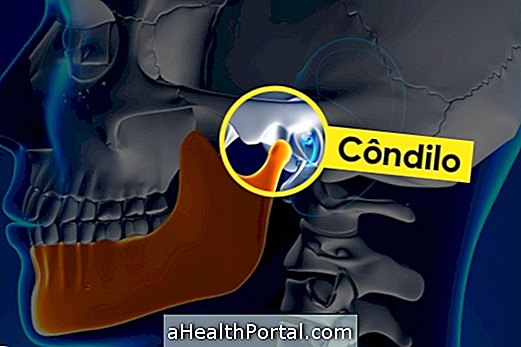
What are the symptoms
When the jaw is displaced, severe pain and discomfort may occur, difficulty speaking and inability to open or close the mouth. In addition, the jaw can become twisted to one side.
How is the treatment done?
Sometimes the jaw may return to the area without treatment, however, if this does not happen, a dentist or other doctor may be required to put the jaw back in place, pulling it to down and tilting the chin upward, so as to reposition the condyle.
As soon as the jaw is back in place, the doctor can place a Barton bandage to limit movement of the jaw and prevent further movement. In addition, exaggerated opening of the mouth should be avoided for at least 6 weeks, and avoid eating hard foods that require too much chewing such as meat, carrots or toasts, and give preference to soft foods such as soups and snacks .
If the displacement of the jaw becomes very frequent, it may be necessary to have surgery to fix the condyle with surgical wires in order to prevent the temporomandibular joint from locking again, and reduce the risk of future displacements.

Possible causes
Dislocation of the jaw may occur due to some injury, or in situations where the mouth is wide open, such as when yawning or during dental procedures or when vomiting.
However, it may also occur in people who have poor bone formation of the jaw, or problems in the temporomandibular joint, who have had previous injuries to the jaw or who suffer from hypermobility syndrome, which is a condition in which ligaments and ligaments occur .
Displacement is also more likely to occur in people who have had previous displacements.
How to prevent
In people at risk of a jaw displacement, the dentist may indicate the use of a plaque to be used throughout the day or only at night while sleeping, which helps the jaw to move properly.
There are also surgical procedures that can help prevent a new displacement of the jaw.


